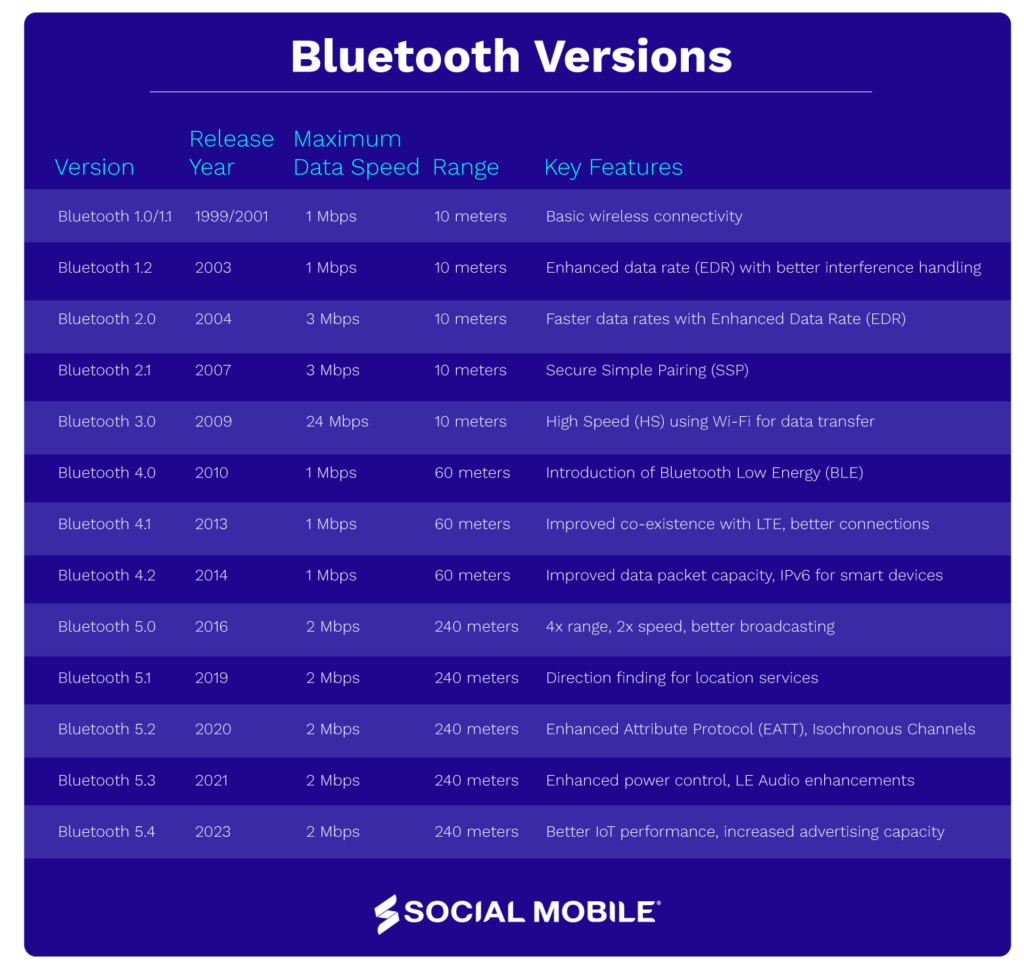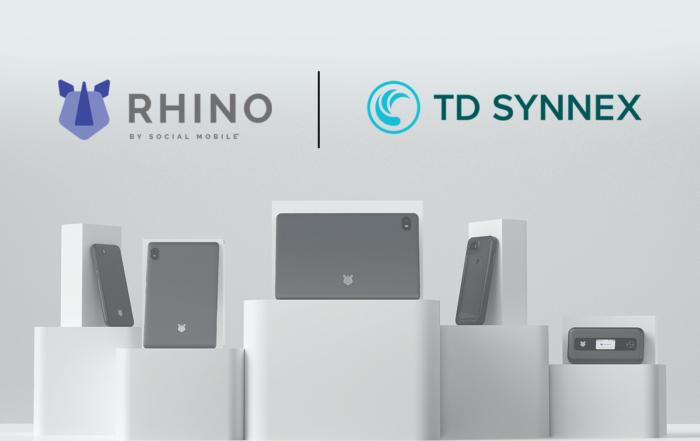Bluetooth Backwards Compatibility: A Necessity for Maximizing Device Lifecycle in Enterprise Mobility Deployments

Staying ahead requires not just innovation but also adaptability. As businesses continue to rely on mobile devices for a variety of use cases, the importance of connectivity cannot be overstated.
Often, a mobile device is meant to pair with accessories or peripherals via Bluetooth. In healthcare, this could be a critical component like a glucose or cardiac monitor, where connectivity is essential.
As newer standards of the Bluetooth protocol are released, the issue of compatibility with legacy devices often arises. In this article, we explore the significance of Bluetooth backwards compatibility and how businesses can maximize their mobile device lifecycle and lower costs by making some key decisions.
The Evolution of Bluetooth
Since its inception, Bluetooth has undergone significant evolution, marked by successive iterations aimed at enhancing performance, security, and energy efficiency. From Bluetooth 1.0 to the latest Bluetooth 5.0, each version has introduced advancements to meet the growing demands of modern connectivity. But, as newer iterations emerge, enterprises often find themselves facing compatibility challenges with legacy devices, especially those still operating on early versions of Bluetooth.
Overseeing this technological progression is the Bluetooth Special Interest Group (SIG), the organization responsible for managing the Bluetooth standards and ensuring interoperability among the vast ecosystem of Bluetooth-enabled devices.

An Example of the Backward Compatibility Issue for Enterprises
Consider a healthcare company that relies on Bluetooth technology to connect mobile devices with critical medical accessories, such as blood glucose monitors and pulse oximeters. These medical devices operate using Bluetooth 3.0, a reliable standard that has been seamlessly integrated into the hospital’s daily operations for years. However, as the healthcare provider seeks to upgrade its fleet of mobile devices to enhance patient care and improve efficiency, a significant issue arises: the latest versions of these mobile devices only support Bluetooth 4.0 and up, leaving Bluetooth 3.0 incompatible.
This presents a serious problem. Sourcing thousands of units of the older mobile devices that support Bluetooth 3.0 is not only impractical but also impossible, as manufacturers have phased out these models. Consequently, the hospital faces a potential operational crisis. The new mobile devices cannot communicate with the existing Bluetooth 3.0 medical accessories, risking disruptions in patient monitoring and data collection. Such a scenario underscores the importance of maintaining compatibility across Bluetooth versions, ensuring that healthcare providers can adopt new technology without compromising the functionality of their existing, life-saving equipment.
Benefits of Deploying Bluetooth Backwards Compatible Devices at Scale
1. Lowering Cost:
For enterprises heavily invested in mobile technology, upgrading all devices to the latest Bluetooth version can be a costly endeavor. Compatibility offers a cost-effective solution by enabling interoperability between new and old devices. This eliminates the need for immediate mass upgrades, allowing businesses to maximize the longevity of their deployment while lowering overall cost.
2. Operational Continuity:
Disruptions in connectivity can have far-reaching implications for business operations. Ensure continuity by enabling seamless communication between devices of varying generations. Whether it’s inventory management, asset tracking, or workforce optimization, enterprises can rely on consistent connectivity to maintain productivity and efficiency across their operations.
3. Flexibility and Scalability:
As enterprises expand and diversify their mobile device ecosystem, flexibility becomes paramount. Bluetooth backwards compatibility offers the flexibility to integrate new devices seamlessly while accommodating legacy infrastructure. This scalability empowers businesses to adapt to evolving technological landscapes without sacrificing interoperability or efficiency.
4. Enhanced User Experience:
The user experience plays a pivotal role in driving adoption and productivity. The seamless compatibility across devices enhances the user experience by eliminating compatibility issues and simplifying device management. Employees can seamlessly transition between devices without encountering connectivity hurdles, fostering a smooth and intuitive workflow.
Social Mobile is Bridging the Gap with Bluetooth Compatibility
At Social Mobile, we offer a solution that bridges the gap between old and new Bluetooth technologies, ensuring seamless connectivity for enterprises leveraging early versions of Bluetooth.
Our customizable solutions enable your device to communicate effectively with any accessory utilizing any Bluetooth protocol, preserving functionality and extending the lifespan of your entire deployment.
Connect with one of our solution engineers to get started.
GET A QUOTE.
Let’s start designing your custom enterprise mobility solution.





